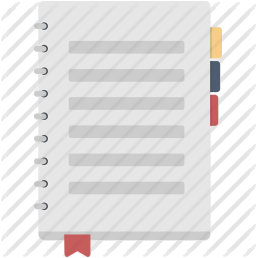Authors
Abstract
Water management in educational centers involves identifying and quantifying water demand for different uses given in those institutions. This paper presents the characterization of water demand in the Environmental Sciences Faculty, Technological University of Pereira, identifying users and their habits, in order to generate understanding processes and management tools that allow starting programs related to water efficiency. First, the project identified the elements of the water supply system in the building and the different water uses were classified. Under observation techniques, dialogue with users and installing a half inch volumetric meters R-160, were measured water consumption of each user. From this information it was determined the consumption and demand for each use in the faculty. Finally, demand indicators were calculated and it was proposed a mathematical model for the calculation of water consumption in an educative center.
References
Cheng, C. y Hong, Y. (2004). Evaluating water utilization in primary schools. Building and Environment, 39, pp. 837-845.
Manco-Silva, D., Guerrero, J., Ocampo, A. (2012). Eficiencia en el uso del agua residencial. Revista Ingenierías Universidad de Medellín, 11, pp. 23-38.
Jorgensen, B., Graymore, M., y O'toole, K. (2009). Household water use behavior: An integrated model. Journal of Environmental Management, 91, pp. 227-236.
Ministerio de Desarrollo Económico. (2000). Reglamento Técnico para el sector Agua Potable y Saneamiento Básico (RAS). En: Resolución 1096 de 2000. Colombia.
Morales-Pinzón, T., Rieradevall, J., Gasol M., Gabarrell, C. (2012a). Plugrisost v1.0: Modelo dinámica de flujos de agua para uso doméstico, con énfasis en aprovechamiento de fuentes no convencionales (pluviales, grises). Recuperado de: http://sostenipra.ecotech.cat/login.php?referrer=plugrisost.
__________. (2012b). Potential of rainwater resources based on urban and social aspects in Colombia. Water Environment Journal, 26, pp. 550-559.
Trujillo, C., y Sarmiento, J. (2012). Estrategias de uso eficiente y ahorro de agua en centros educativos, caso de estudio, edificio Facultad de Ciencias Ambientales. Universidad Tecnológica de Pereira.


 PDF (Español)
PDF (Español)
 FLIP
FLIP
 HTML (Español (España))
HTML (Español (España))



























